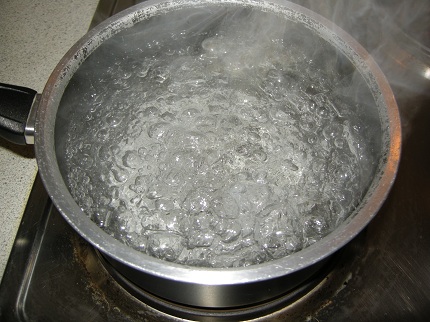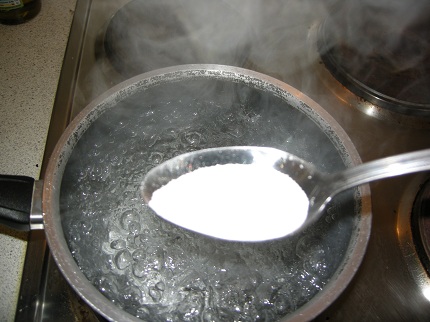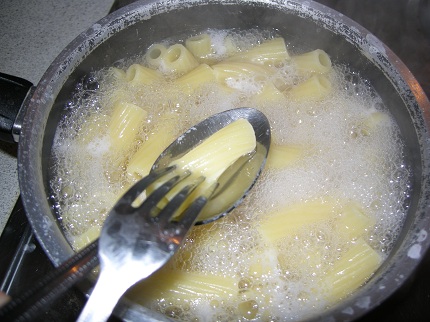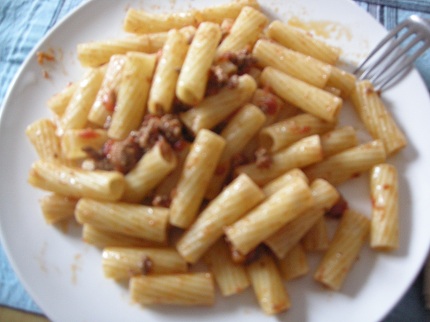Pasta is probably the most famous dish of the Italian cuisine. It’s almost impossible not to like it: it has an amazing taste and it’s pretty easy to do. Here you’ll find some tips how to prepare the perfect pasta. As I previously said, it’s an easy recipe but you need to pay attention to all those little things, that usually are not considered.
First of all: the pasta!You can choose among a big variety of pasta: durum wheat (my favourite), whole wheat pasta , egg pasta, brown rice pasta and so on. I’m not gonna talk about different types of pasta, I just want to remember you to read carefully the label when buying it as he quality of the pasta is probably the most important thing if you want a nice result. If you are not “an expert” it is better to prefer a known brand rather then the cheapest you can find.
Secondly, you need a proper pot to avoid pasta clumping up while cooking (in particular if you are cooking long pasta, like spaghetti or tagliatelle). Remember to use plenty of water. A good measure is to use for every 100 grams of pasta about 1.2 liters of water. Once you have the pot ready, put it on the fire and wait until water boils.

Then, you need to add the salt to the water. Adding the salt when water is boiling is a pretty important step. Remember that salt raises the boiling point of water, so if you add it too early it will take more time and energy. I usually put half tablespoon of salt for every 80 grams of pasta and then I taste the water in order to avoid surprises.

Once you have your perfect salty water ready, it’s finally time to add the pasta!While cooking, it’s very important to stir the pasta, especially at the beginning. This is to prevent pasta from sticking together. Always check the cooking time and consider that, most of the times, the one reported on the package is not accurate enough. If you want to get an “al dente” result, keep boiling it for 2 or 3 minutes more than the suggested time. In order to avoid risks, I usally taste pasta 1 minute before the end of the suggested time. If it is firm to the bite and slightly tender then it’s ready (you can test it with a fork).

Once pasta is ready, you need to drain it really well. You can leave a little bit of cooking water in the pot and then put it into the pan with your sauce. This step will help you to get a better result when tossing pasta with the sauce. Here there are some mistakes to avoid:
- do not add oil while pasta is cooking as it’s not helpful at all. If you don’t want pasta sticking togheter just stir it very often (the first time you cook pasta, try to follow it up as often as you can);
- I know some people put cold water into the pot to stop the cooking process. There is not point to do it; when pasta is ready you just need to drain it and then mix it with the sauce you’ve choosen;
- do not rinse pasta after you drained it or it won’t mix properly with the sauce; .1do not add oil to the drained pasta. Mix it immediatly with the sauce and only after put some extra virgin olive oil on the top (the only exception where you can put oil straight on the pasta, it’s for “Pasta in bianco” which does not include any sauce. Only extra virgin oil and parmesan);
- if you are not gonna serve pasta immediatly let it cool down and then keep it on the fridge.
I hope this little tricks will help you but I suggest you to try and try again. Experience is the best ingredient ever!

